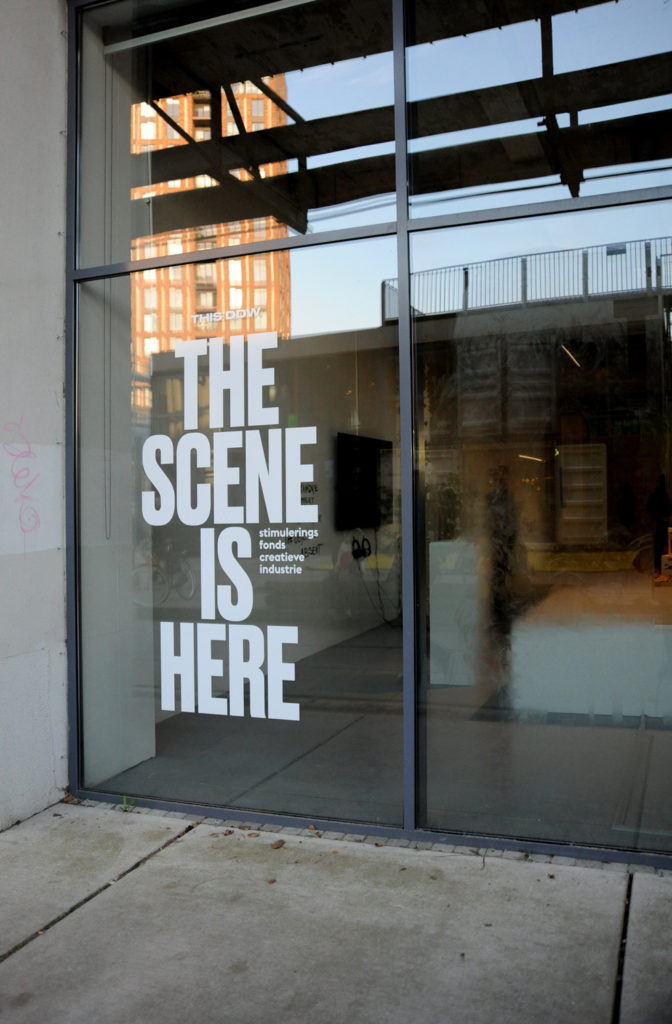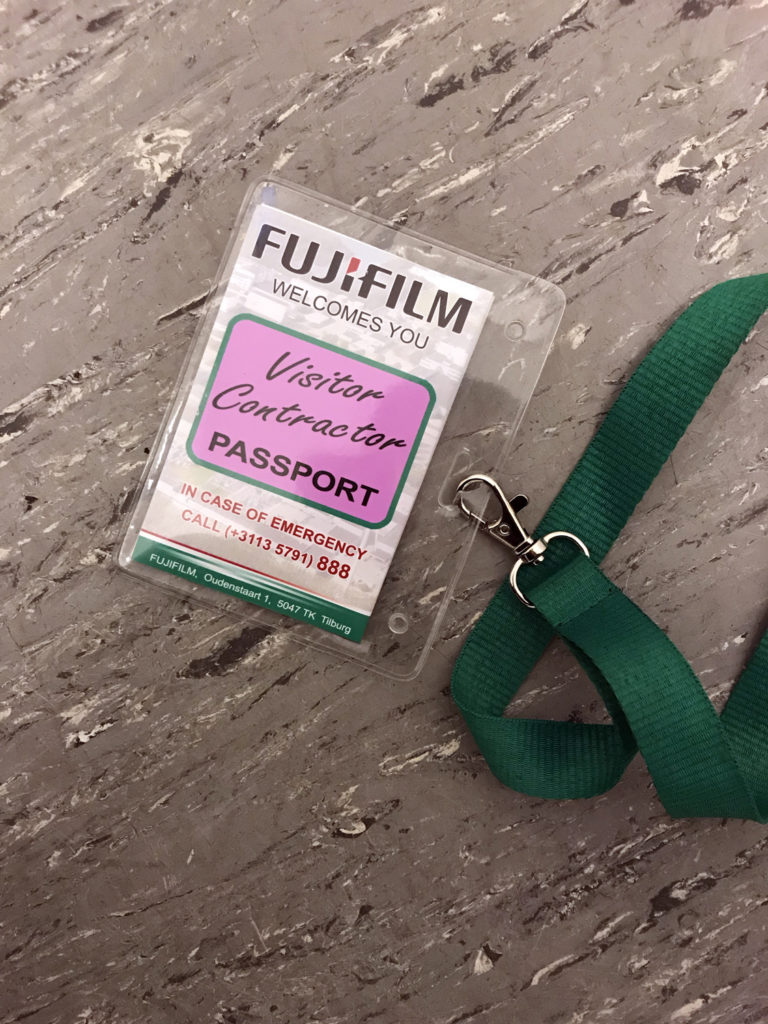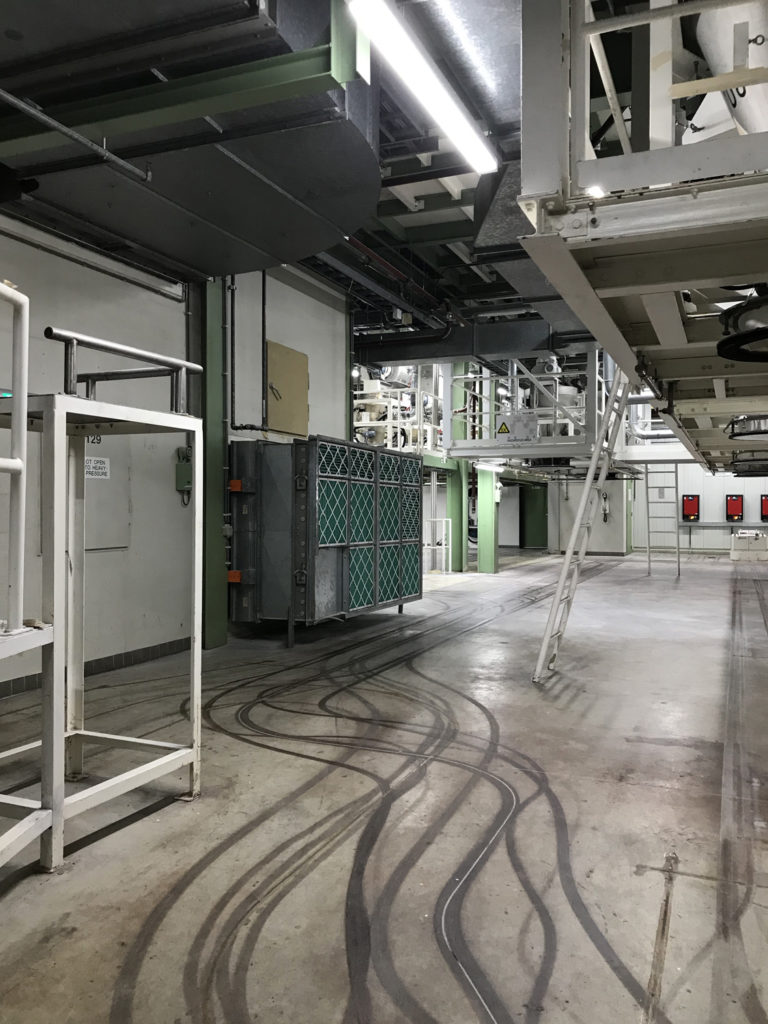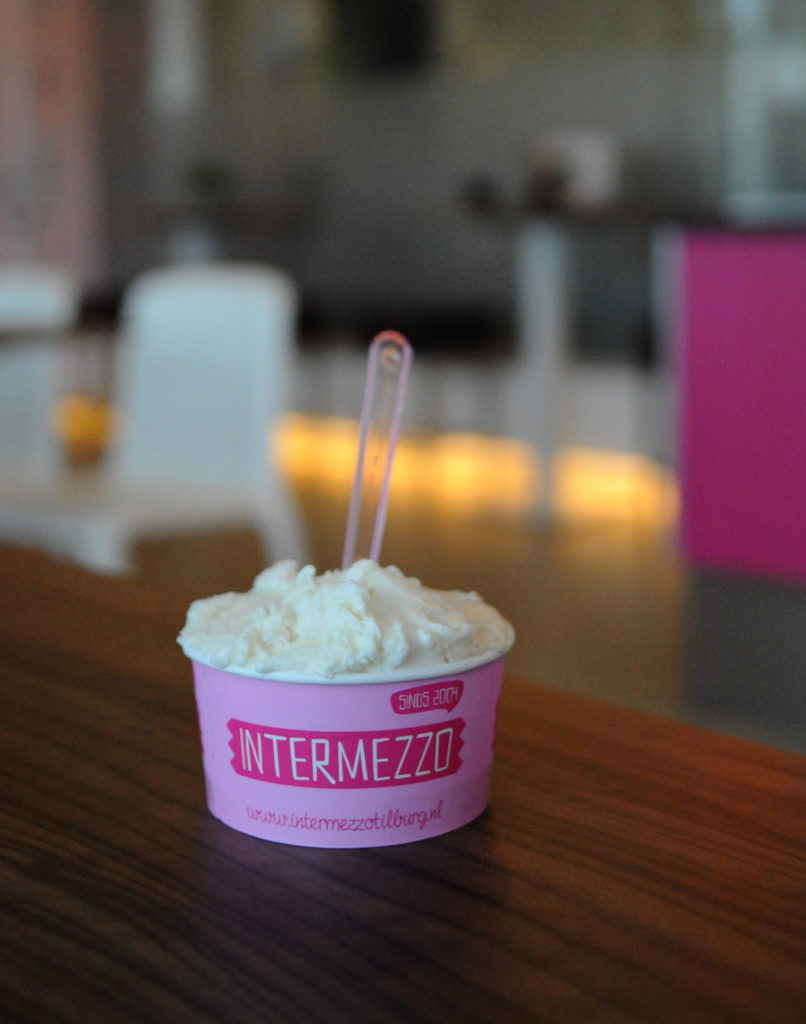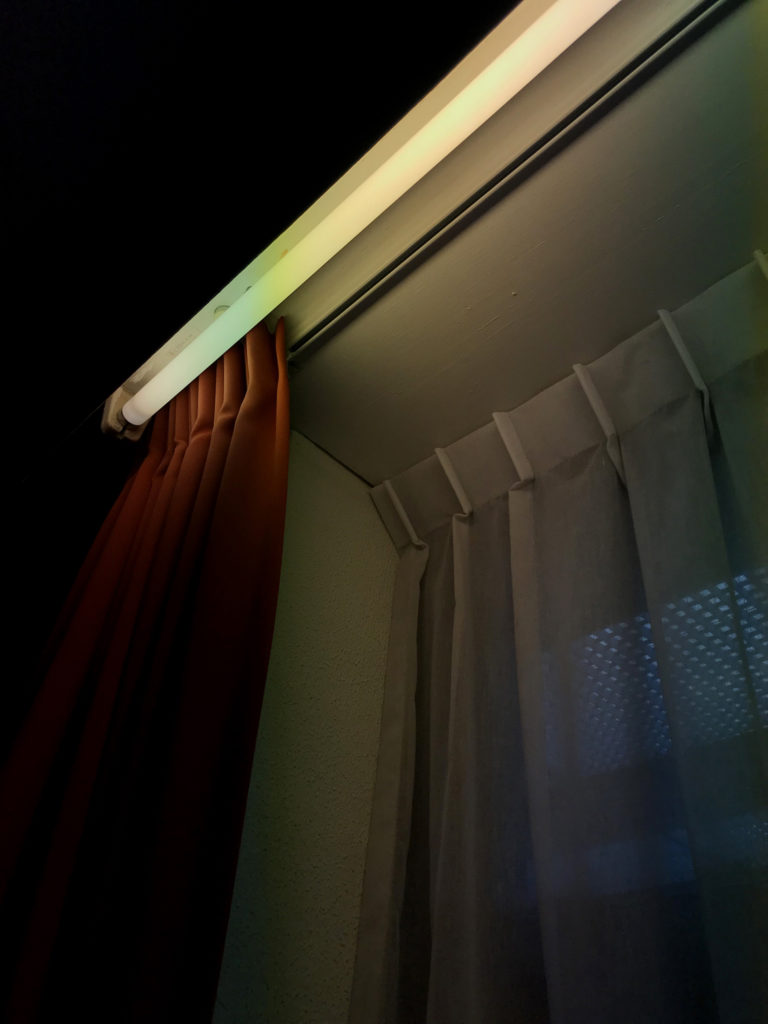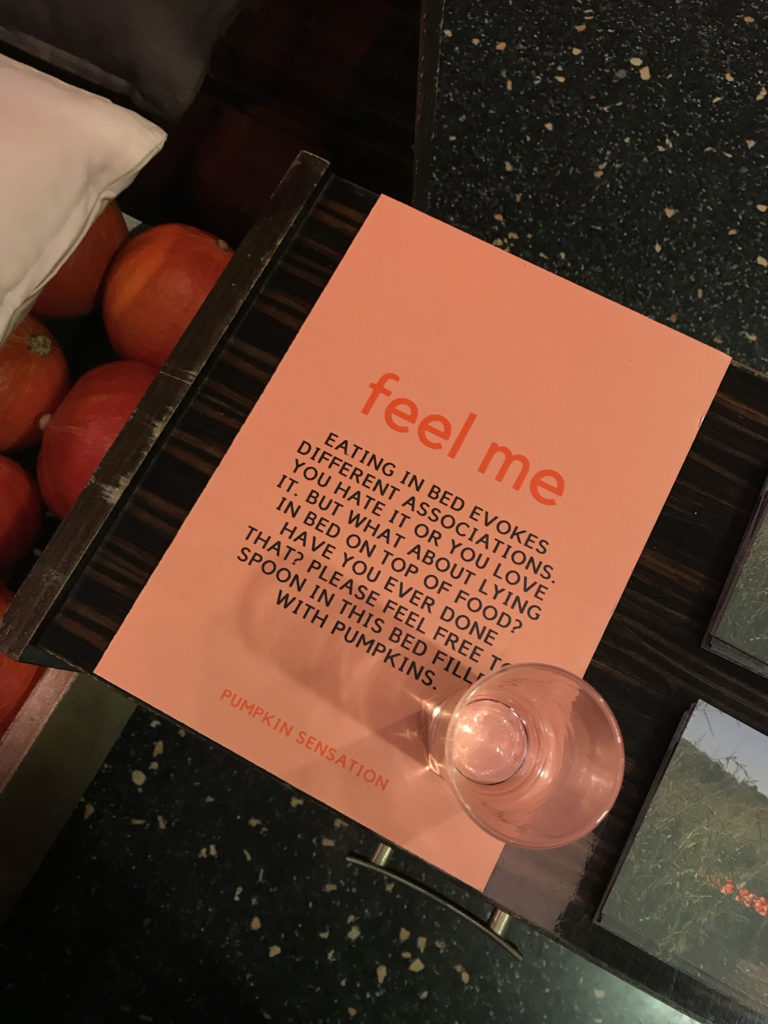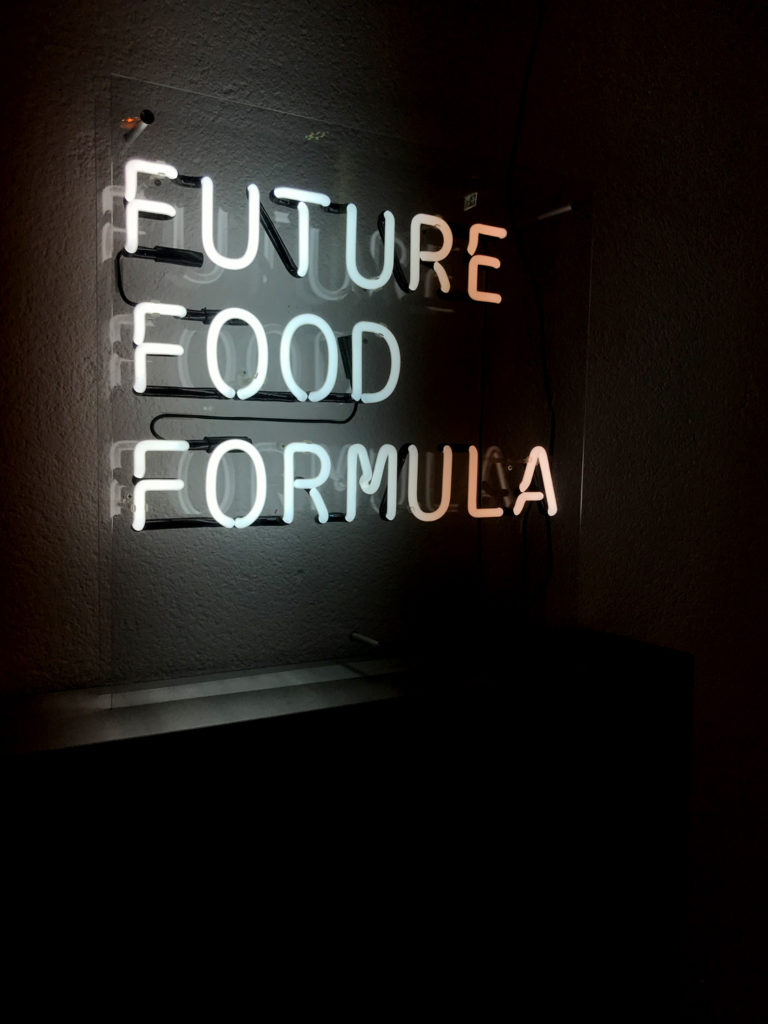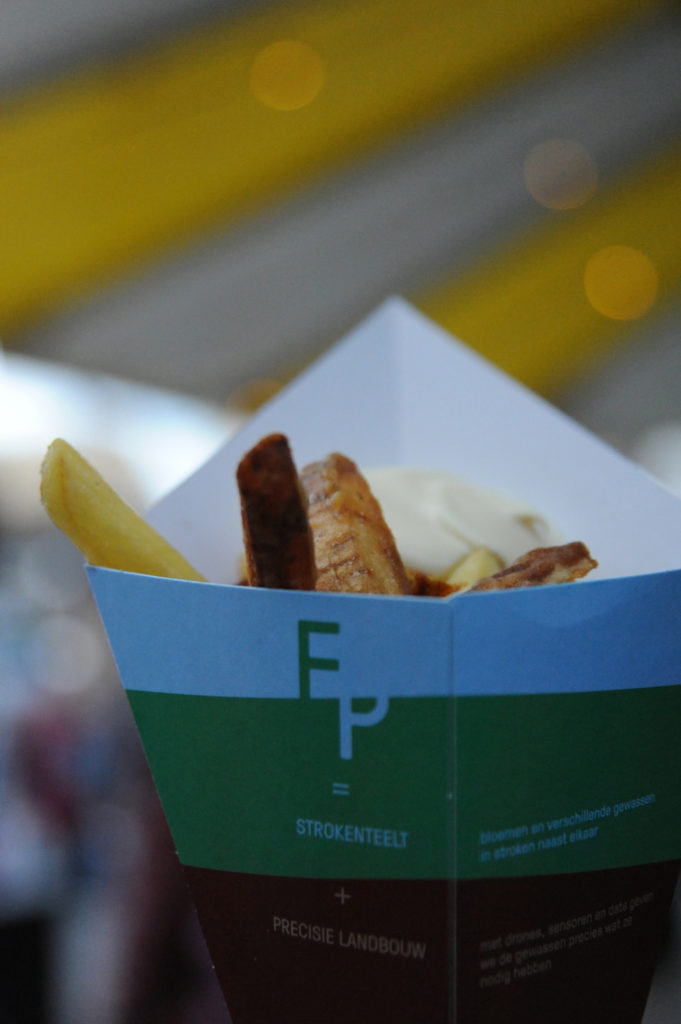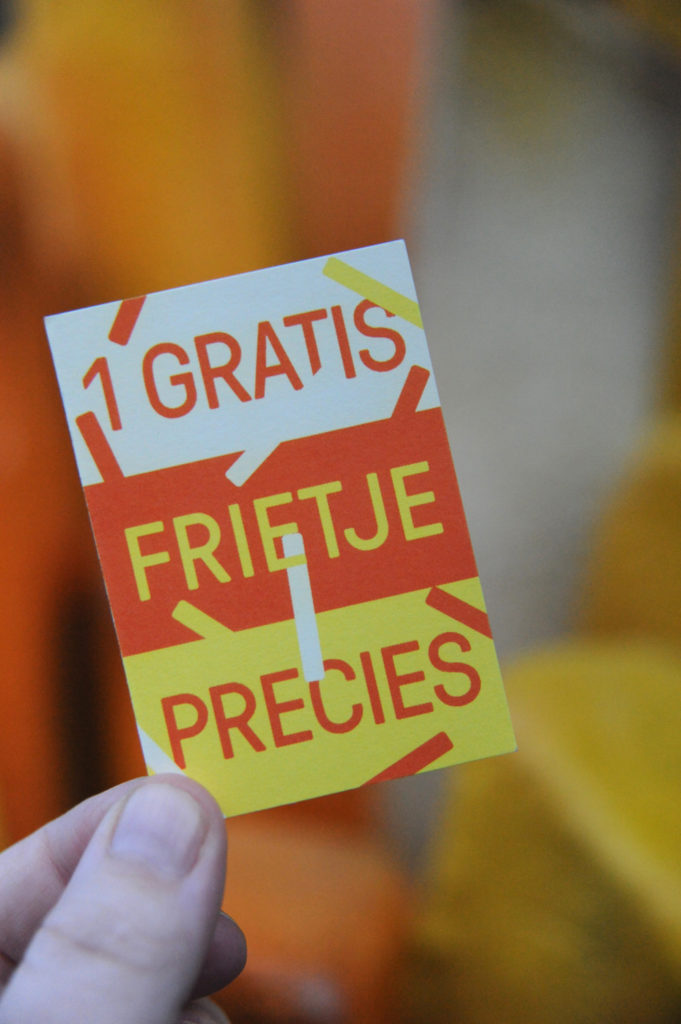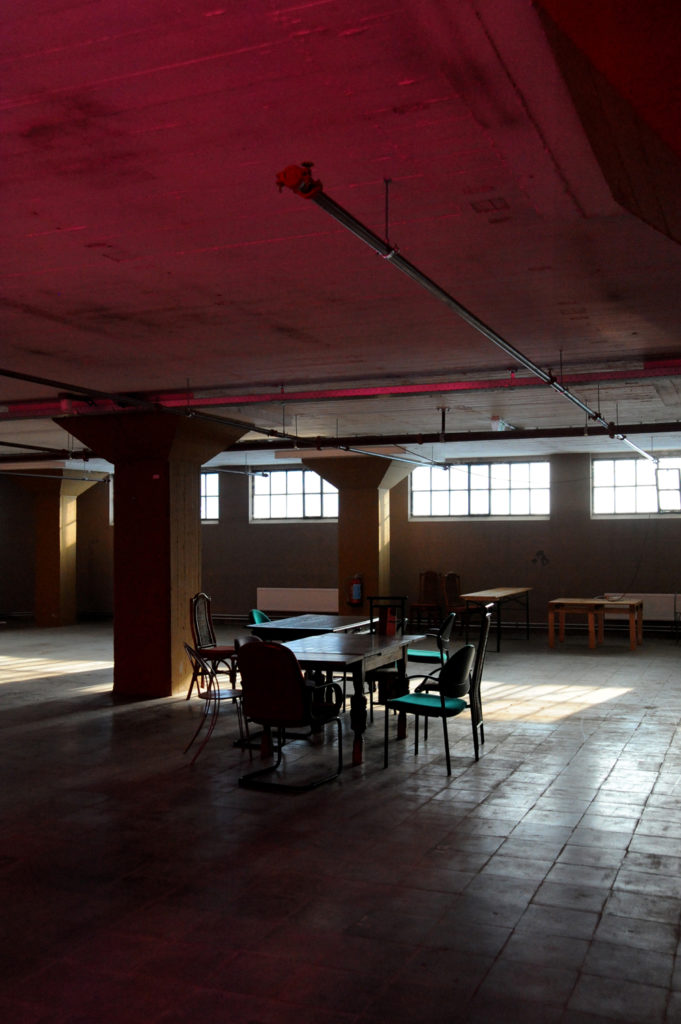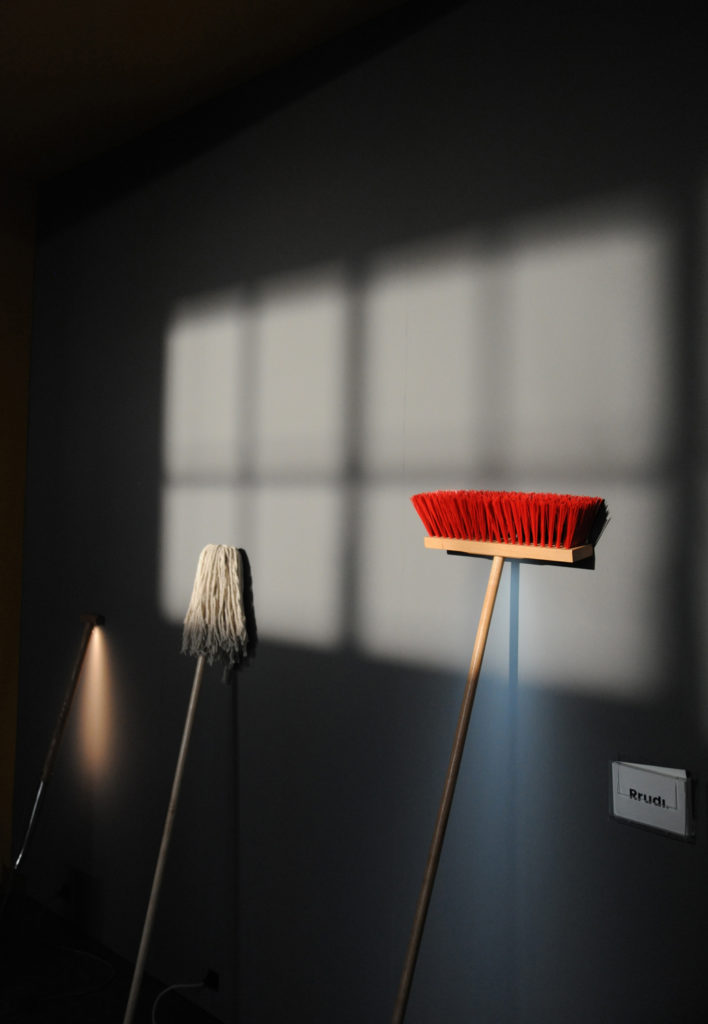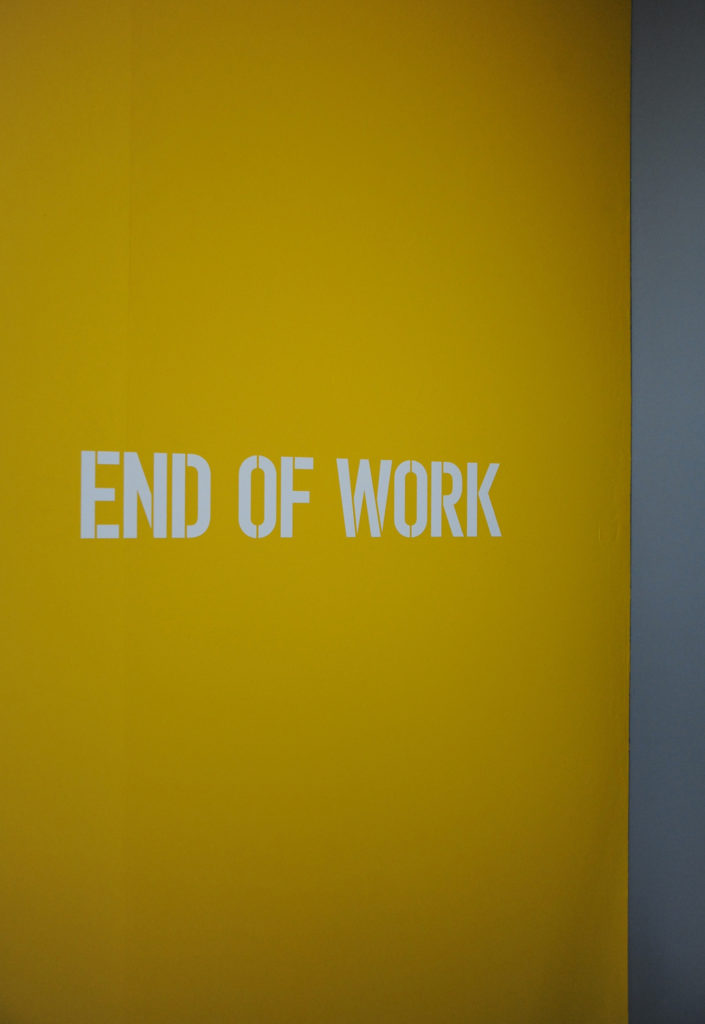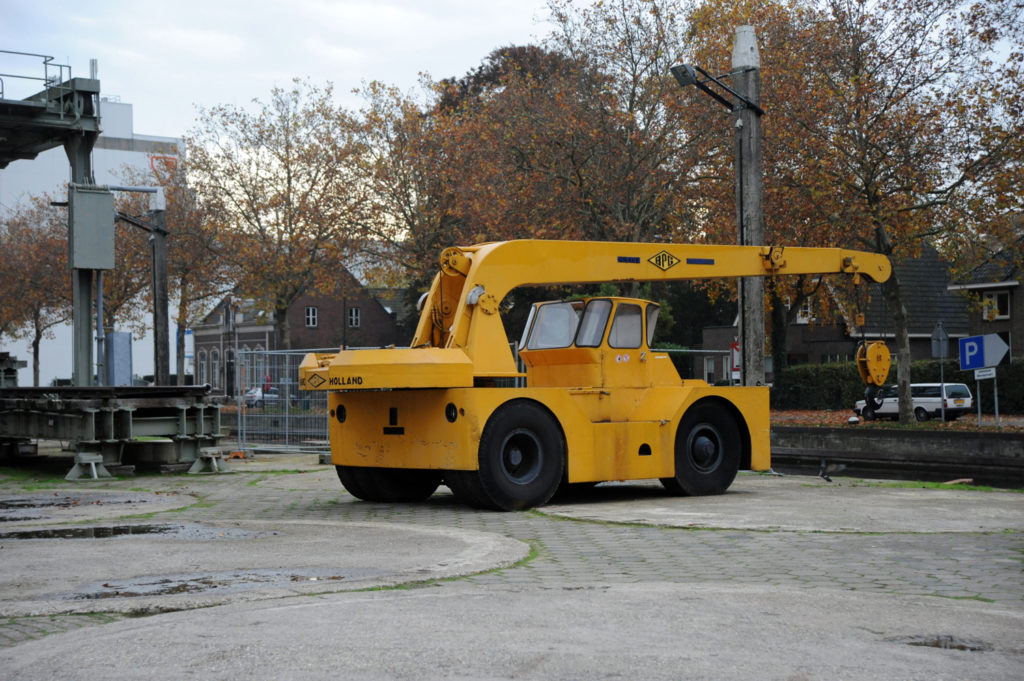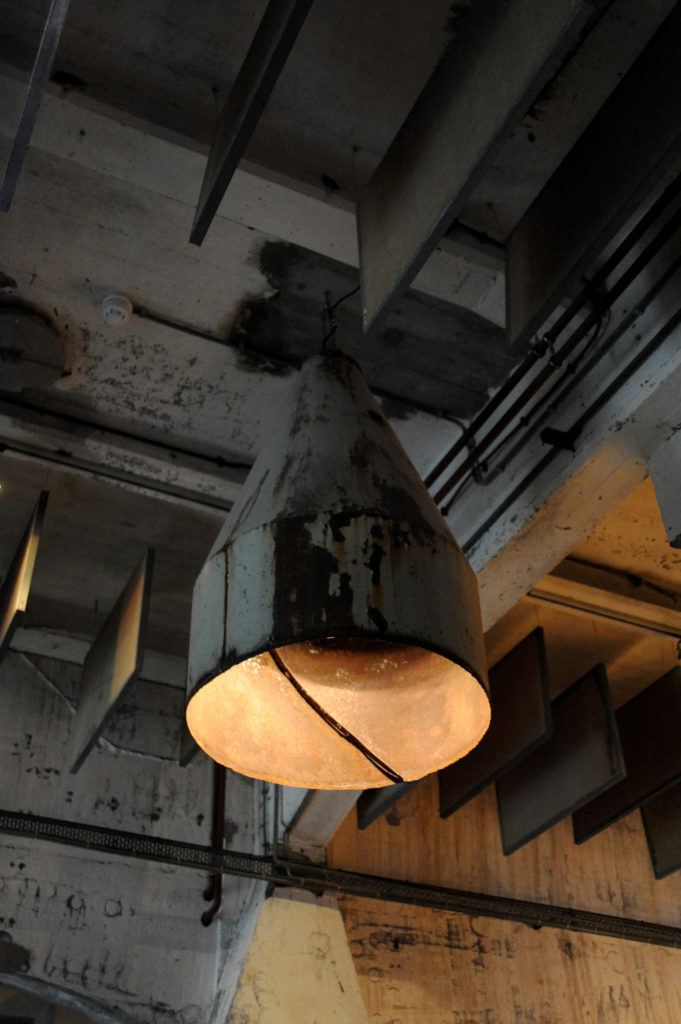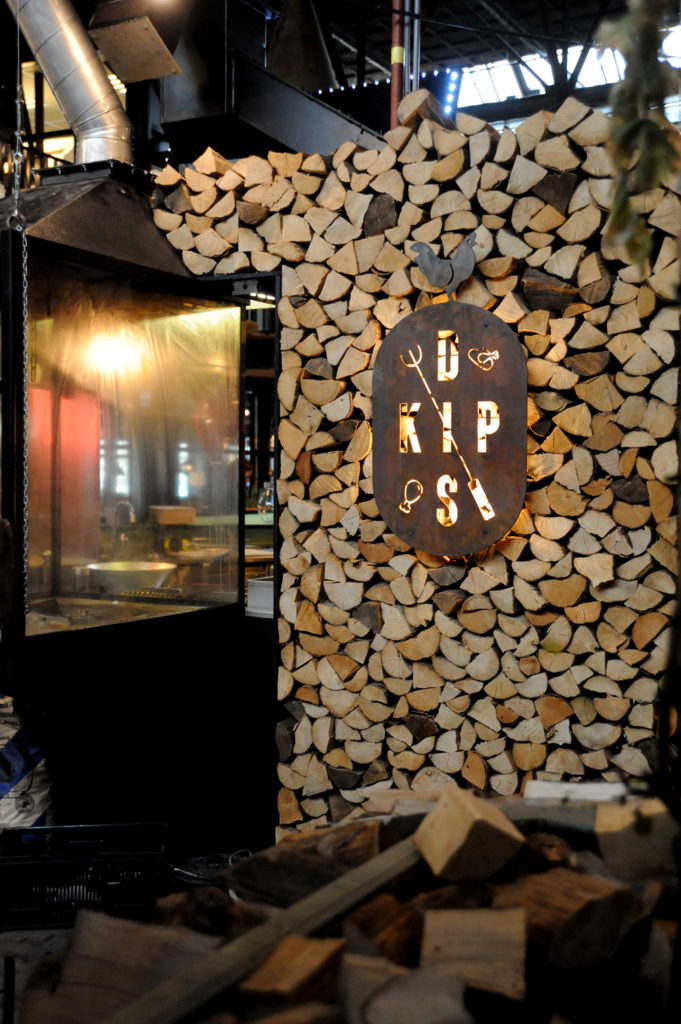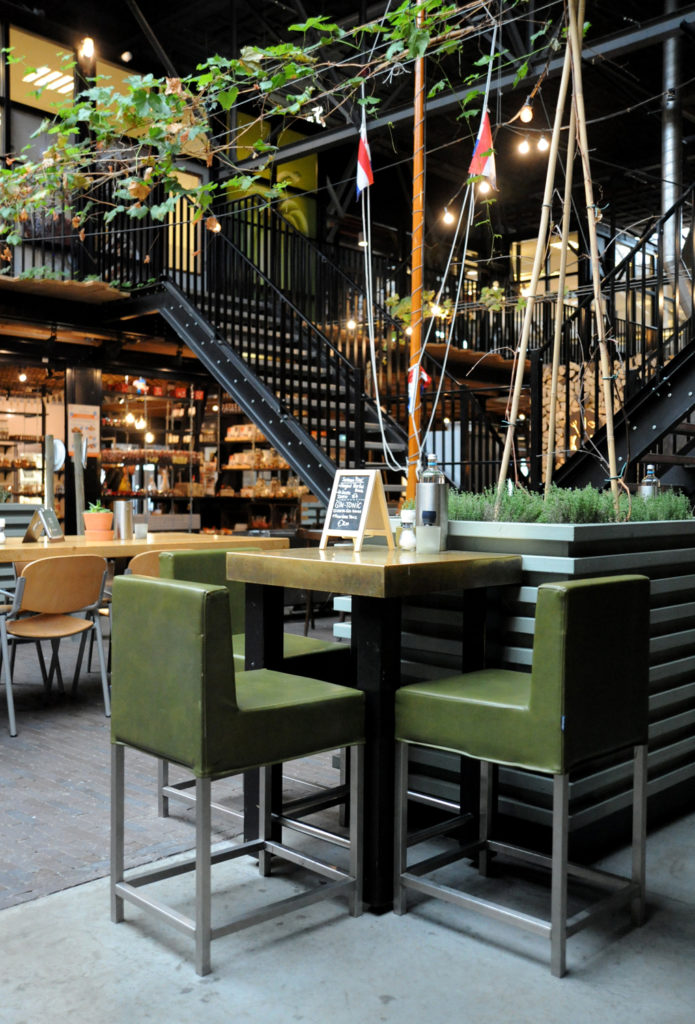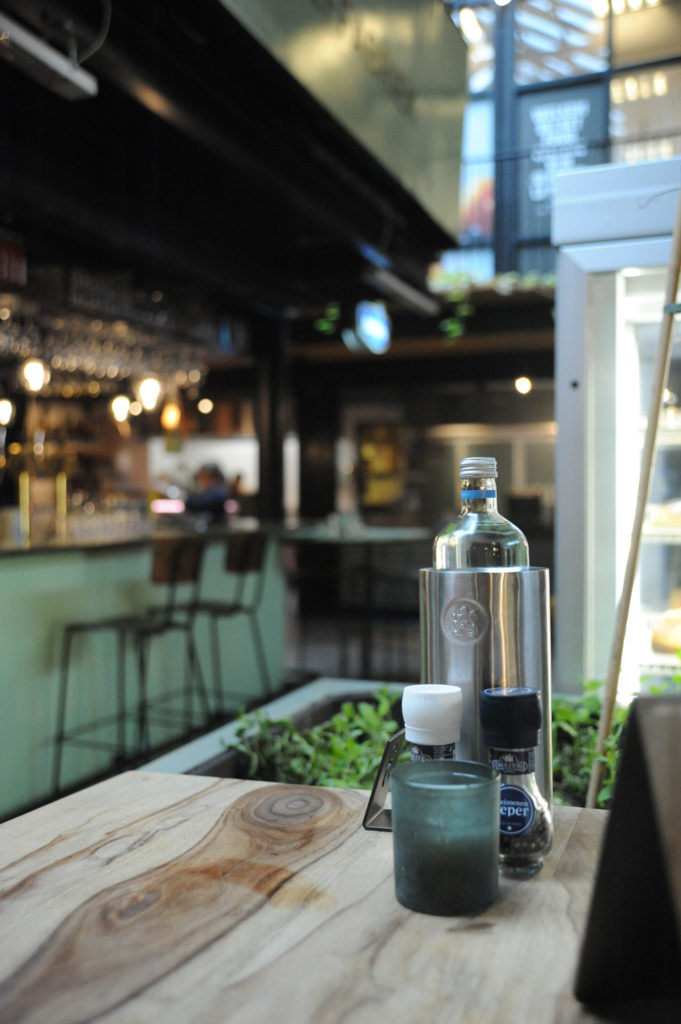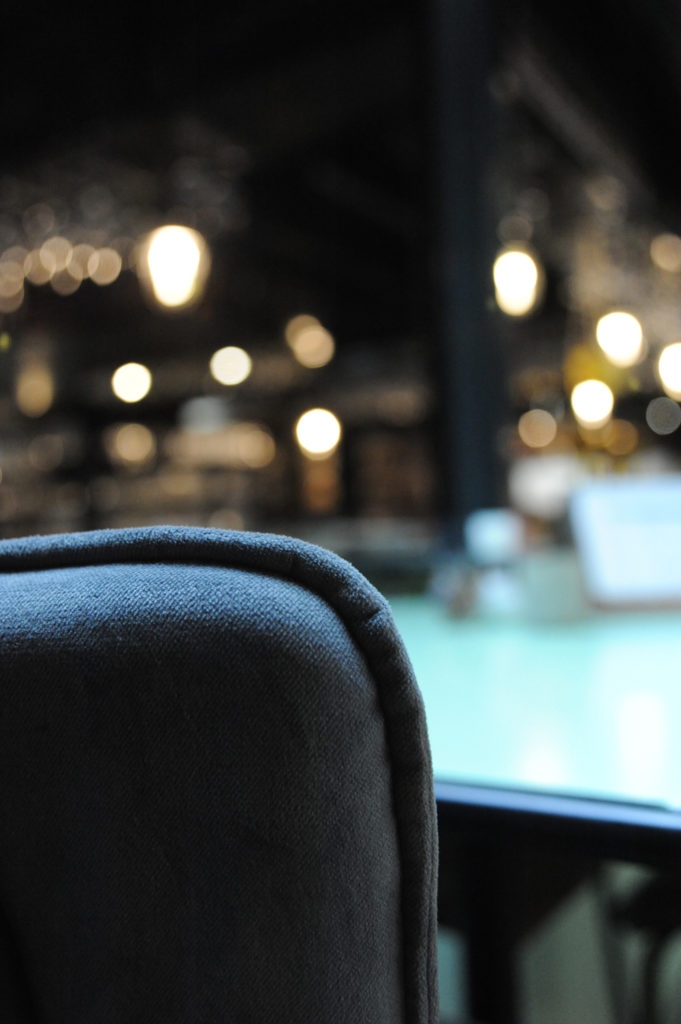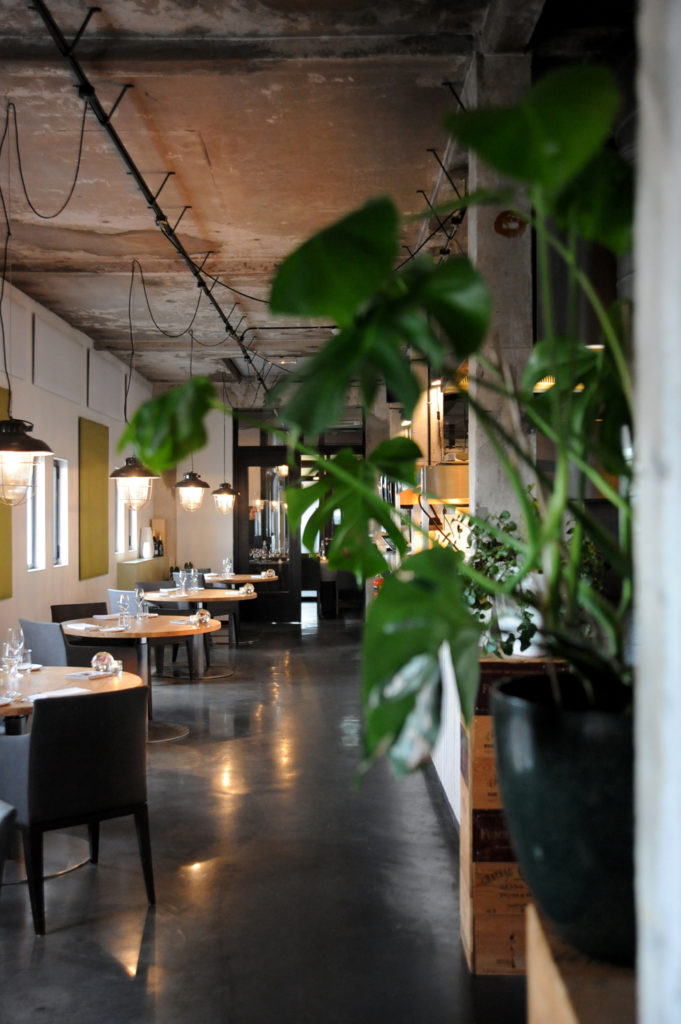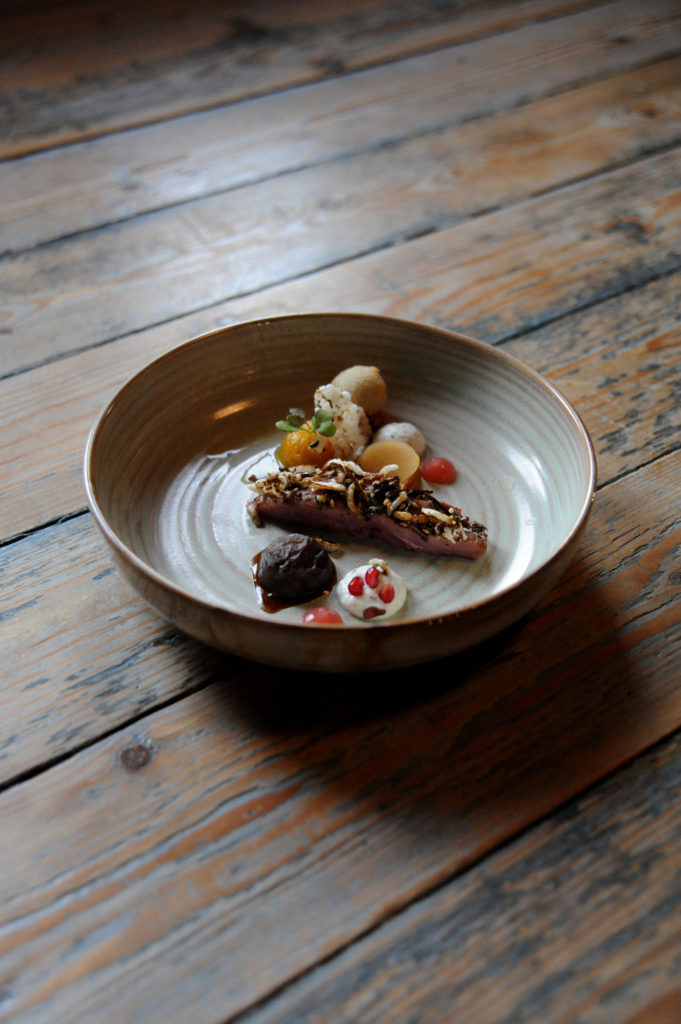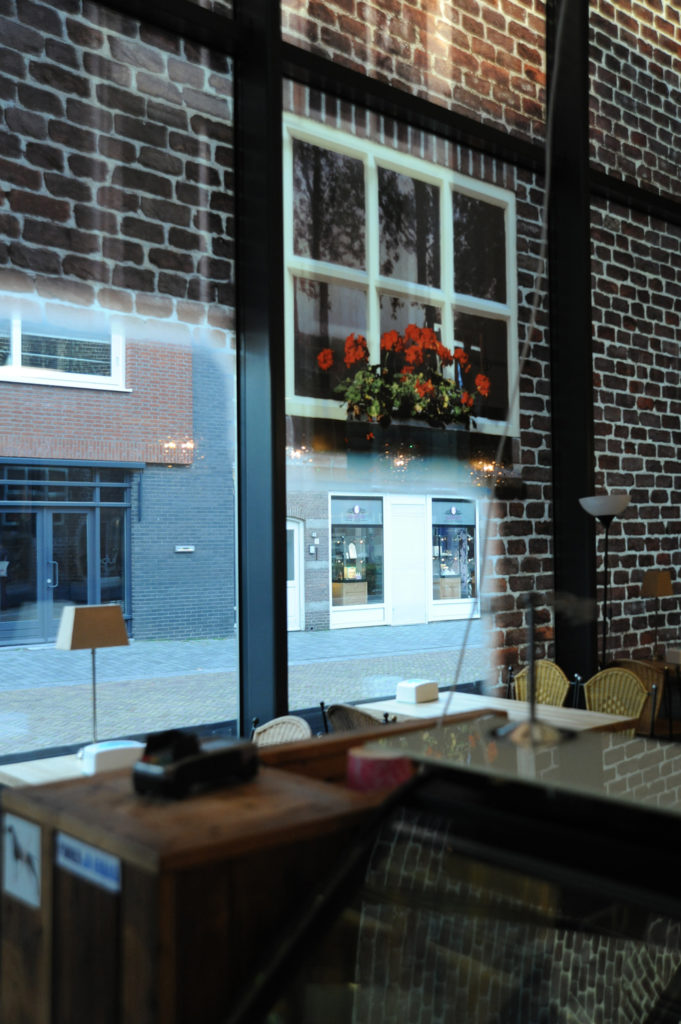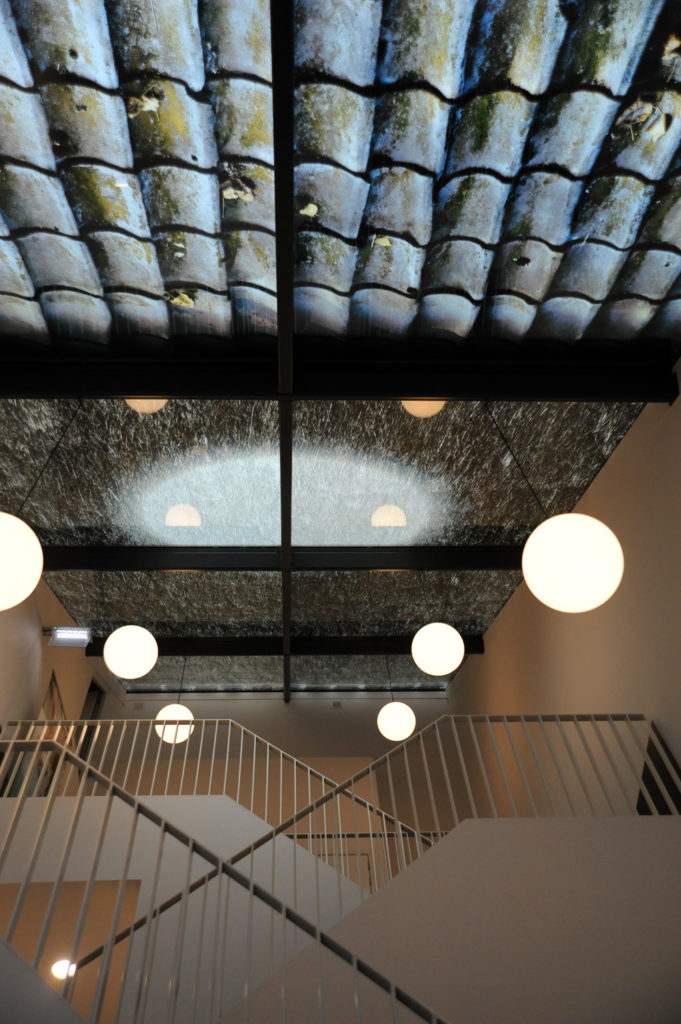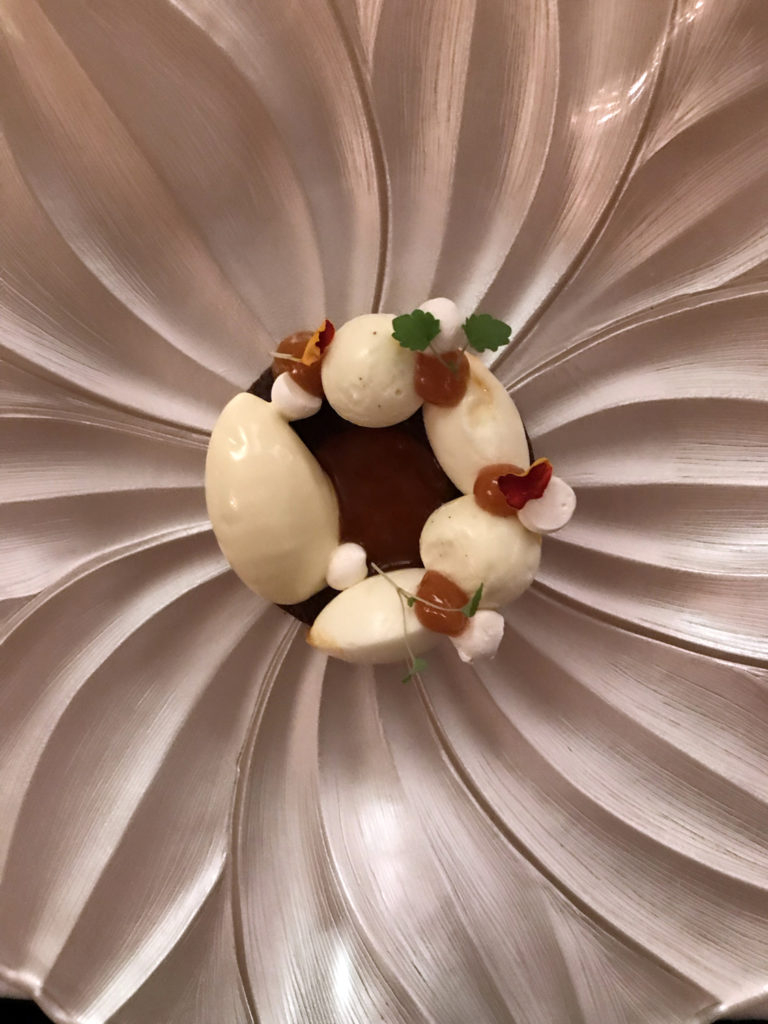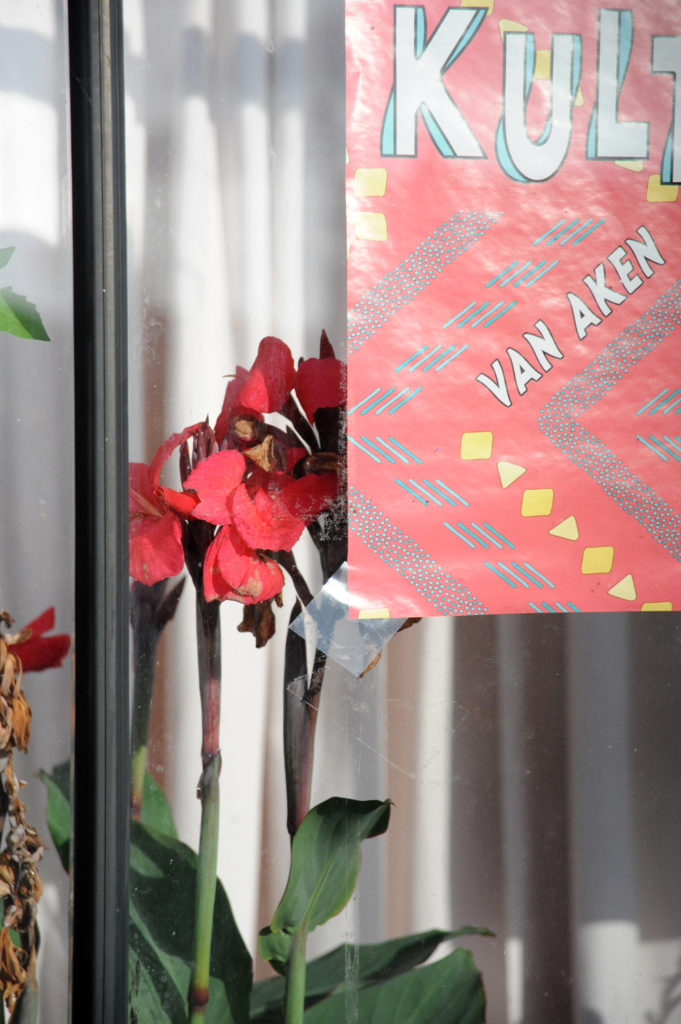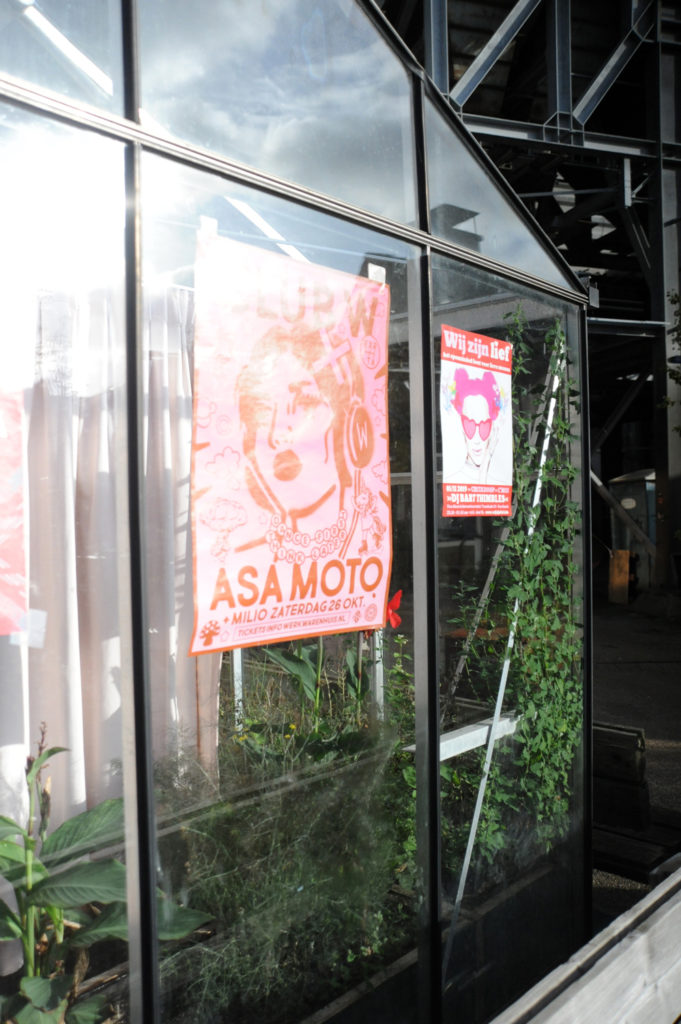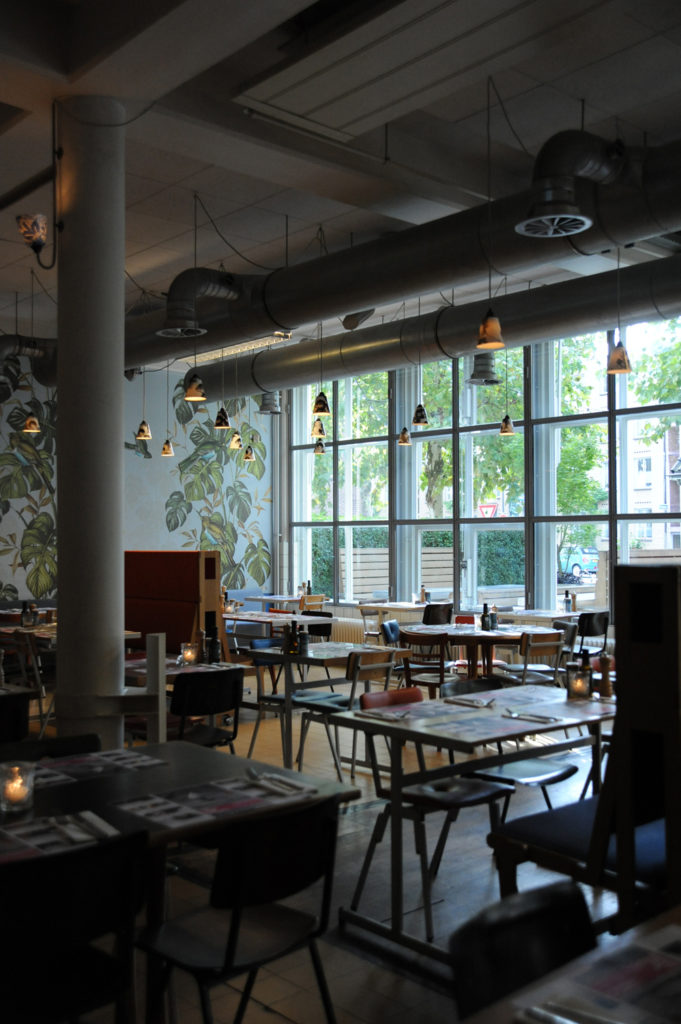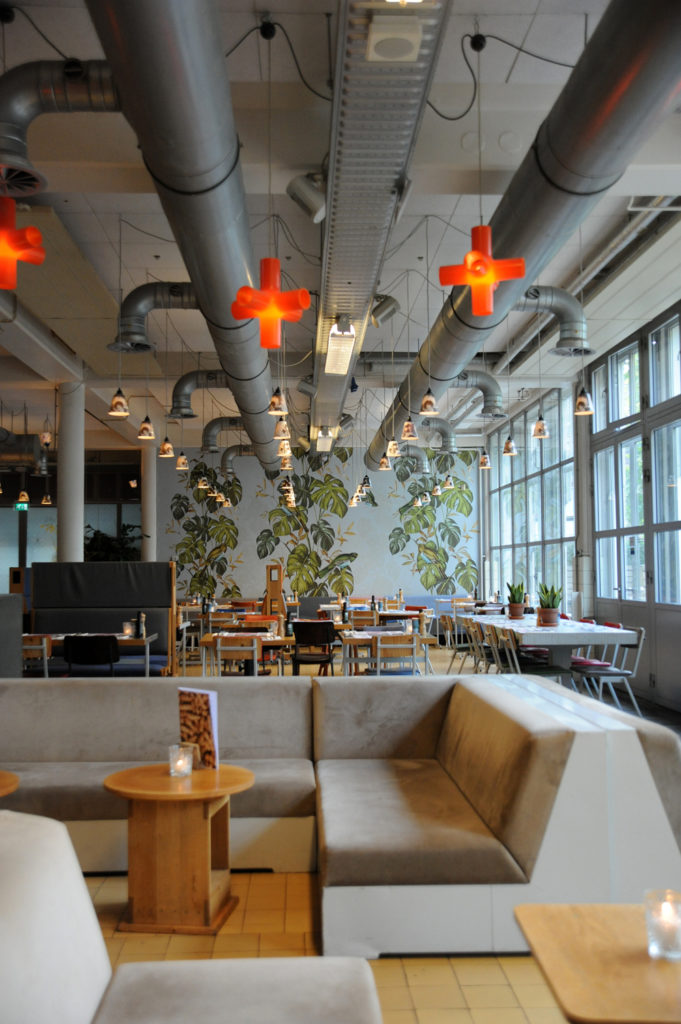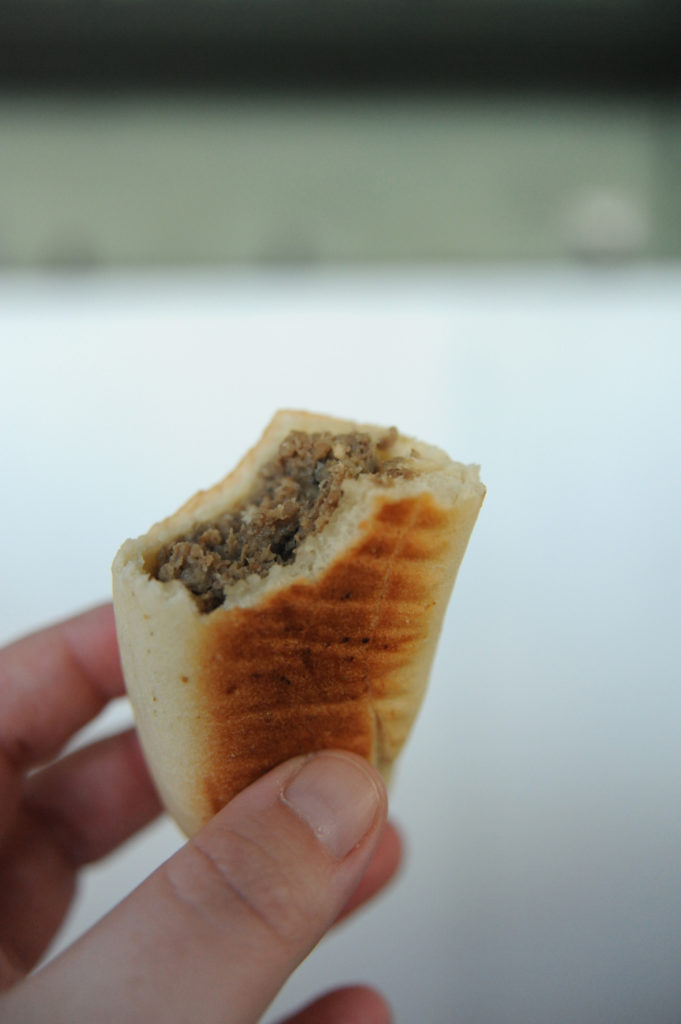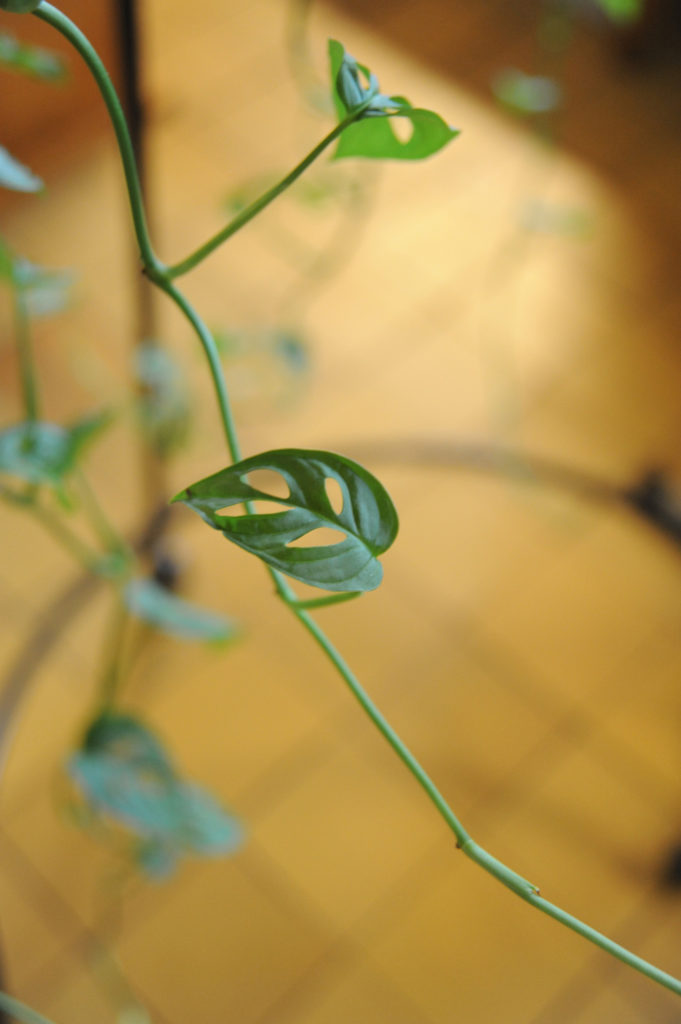99 Red Balloons played on the radio as we rushed across Tilburg. Windows down to let out smell of cigarette smoke. My driver pointed at a house in the middle of a roundabout, ‘They call it art!’ she laughed, as her curly hair blew in the wind.
She dropped me at Fujifilm’s Manufacturing and Research Laboratory. Sleek white and grey buildings, trees everywhere, oak saplings pushing their way up through acorns in piles. And huge toadstools, the size of berets. I had a brilliant meeting, a fascinating tour and a croquette for lunch. Magical. Come with me next year!
My driver on the way back, a very sweet older man who told me all about his three daughters, recommended the Intermezzo ice cream parlour to me, and as I was less than comfortable in my hotel room, I decided it was worth the walk there, in the rain. It was. Apple pie ice cream was the right choice.
I stayed at the City Hotel Tilburg (don’t stay at the City Hotel Tilburg!). Orange velvet curtains lit by a fluorescent tube, framed the view of St Jozef’s church, which was not really a ‘view’ as such, more just a wall, due to its immediate proximity. Dong, dong, dong– every hour for the hour, and a dong for half past. All night long. By 4am I was beginning to get used to it, and then… did you even know there is a Happy Hardcore version of Let it Be? I didn’t, but I do now.
In the morning I headed over to Eindhoven to meet up with the Visit Brabant team and joined them on a fabulous journey of food and innovation – starting at the Creativity World Forum.
I had an egg sandwich that wasn’t egg, and there was a pumpkin you could put your hand inside – a bit like that tree stump scene from Flash Gordon.
Eindhoven was once the famous home of Philips lightbulbs, when the company moved away jobs were lost, and factories stood empty… but not for long. The city invested in its people, and its people innovated. Those empty factories became centres of creativity and imagination, and now, amongst many other things, they house the annual Dutch Design Week– the biggest design event in Europe!
We ate French fries made from potato, sweet potato and parsnip, whilst Missy Elliot’s Pass the Dutch played in the background. I found a lamp that looked like a roast chicken.
Filling the fifth floor of one of the old factory buildings is the most interesting city farm I’ve come across. With a massive tank full of trout and hundreds of plants growing under LED lights, Duurzame Kost demonstrates aquaponics at its most efficient.
Dinner in Eindhoven, at DOYY, with Europe’s finest caviar ‘Anna Dutch’ made sustainably by sturgeon who live in big tanks outside the city. I ate a cone filled with ginger ice cream and goose liver, out of a miniature bucket, and I don’t regret it one bit.
After a rich and indulgent dinner we spent the most peaceful night at Teugel Resort in Uden. So quiet and calm. Such a relief!
In the morning we headed over to another repurposed factory site, CHV Noordekade in Veghel (if it sounds good to you, then watch this short film and be amazed).
This old animal feed complex blew my mind and lit a fuse with my imagination (as soon I arrived home I started googling ‘disused silos near me’). Built in 1918 by Escher (the cousin of Escher the artist) the facility made feed mix and cattle cakes. It is now home to cafés, restaurants, events spaces, a cinema, theatre, food hall, coffee roasters, bakery, a beer shop selling 1500 beers, a distillery, a small brewery (200 litres per day), a JUMBO supermarket, and the only car ever made in this small village – the prototype Bambino Sport.
I stroked a fish and got bitten by a bird. All the good things.
Lunch at Silly Fox.Thank you very much. The chicken and kimchi bao was da bomb. This duck with yoghurt and sauce, made on the barbeque with duck bones and orange, was delicious, and well-lit through the factory windows.
A quick stop at surplus food factory De Verspillings Fabriek, (they were busy making soup from MacDonald’s surplus tomato slices – the end bits that you never see in the hamburgers) and then, on to the Glass Farm in Schijndel.
Created by architect Winy Maas (the same chap who designed the fabulous mirrored Depot building in Rotterdam) for the empty square at the centre of his hometown, this glass building is covered in photographic images giving it the appearance of a semi-transparent traditional Dutch farmhouse. It felt a little bit ‘theme park’ to me, and I think that’s down to the scale, it’s oversized, being 60% larger than the original buildings on which it was modelled.
I met a most attractive (in my eyes) cat, but he hissed at me. So sad. I think this is the first time in my life that my cat whispering skills have failed to serve me. Must be a language difference. Later on, I met a man who was feeding him. He told me he feeds several strays, but this is the only one who calls at his door daily. Beautiful.
In the evening we dined at Wollerich in Sint-Oedenrode. A very peaceful restaurant, with one Michelin star, simple décor and delicious food presented on exquisite plates. At one point, my lovely Italian colleague Germana, in between singing opera for us, whipped out the Wheel of Fortune from her tarot cards and told me, ‘You are a ten. Small steps forward, no stopping!’
I stopped for a while, for another good night’s sleep at Teugel Resort. It’s really unusual to spend two nights in the same place when on a press trip, but this was a really welcome treat for me.
We drove into Den Bosch, Nothing Compares 2U played out on the radio as we slowly passed by convoys of farmers driving their tractors into town to protest against the government. We ate Bosch Bol for breakfast at Bolwerk, fresh from the famous Jan de Groot bakery, and then headed over to our final factory site, Tramkade.
Anne Reijnders, the food activist behind De Lekkere Man, gave us a tour of the Tramkade industrial heritage site. Previously a chicken feed factory, cookie factory, cigar factory all on one site, the area has been given over to developing social inclusion and a circular economy.
Lekker is one of the first words I learnt in Dutch, it kind of means tasty, but also good and yummy, and is used all the time, not just for food. So, Anne’s ‘Lekker Man’ is a play on words and a bit of fun, but with a very serious undercurrent. She wants to put male meat on the table.
In the food production industry where many female animals are reared for their eggs or milk, the male animal is often born, sexed and then killed. As different breeds are grown for different reasons, and for example, the breed of chicken you have for eggs is different to the breed you have for meat (they grow at different rates and yield different results) the males, in mass industry, have previously been seen as a by-product and destroyed. If we are going raise animals to eat meat, Anne wants us to eat all of it.
Aside from the fascinating tour (the chicken feed factory is full of music producers, artists and designers, the cookie factory is now a cultural space, and the cigar factory a cinema and theatre) Anne also gave us man goat sausage in bread covering.
However much I am behind her ethos, man goat sausage is not my scene. (Anyone remember when I tried goats milk kefir and was poisoned by the taste of 1000 goats? Ah, Jesus!)
Koning Willem I College gave us their Dutch Cuisine ‘Impact Lunch’ (which included no goat) designed by the students who dutifully served us with shaking hands and charming smiles.
We made a quick phone call to an angel at Den Bosch Cathedral (It’s a thing, an €0.80 per minute thing) and then headed back to the station – trains to Schiphol, flights home for everyone. The end, again.
Halfway home on the plane the woman next to me whipped out a full McDonald’s burger banquet from her back pack. ‘I love cold fries!’she exclaimed as she tucked in vigorously. Could have slipped her my leftover breaded man goat too!
With the greatest thanks to Visit Brabant and Visit Holland for making this trip possible. As always, my opinions are my own (and my ability to Doctor Dolittle all the animals, clearly something that needs some work!)
